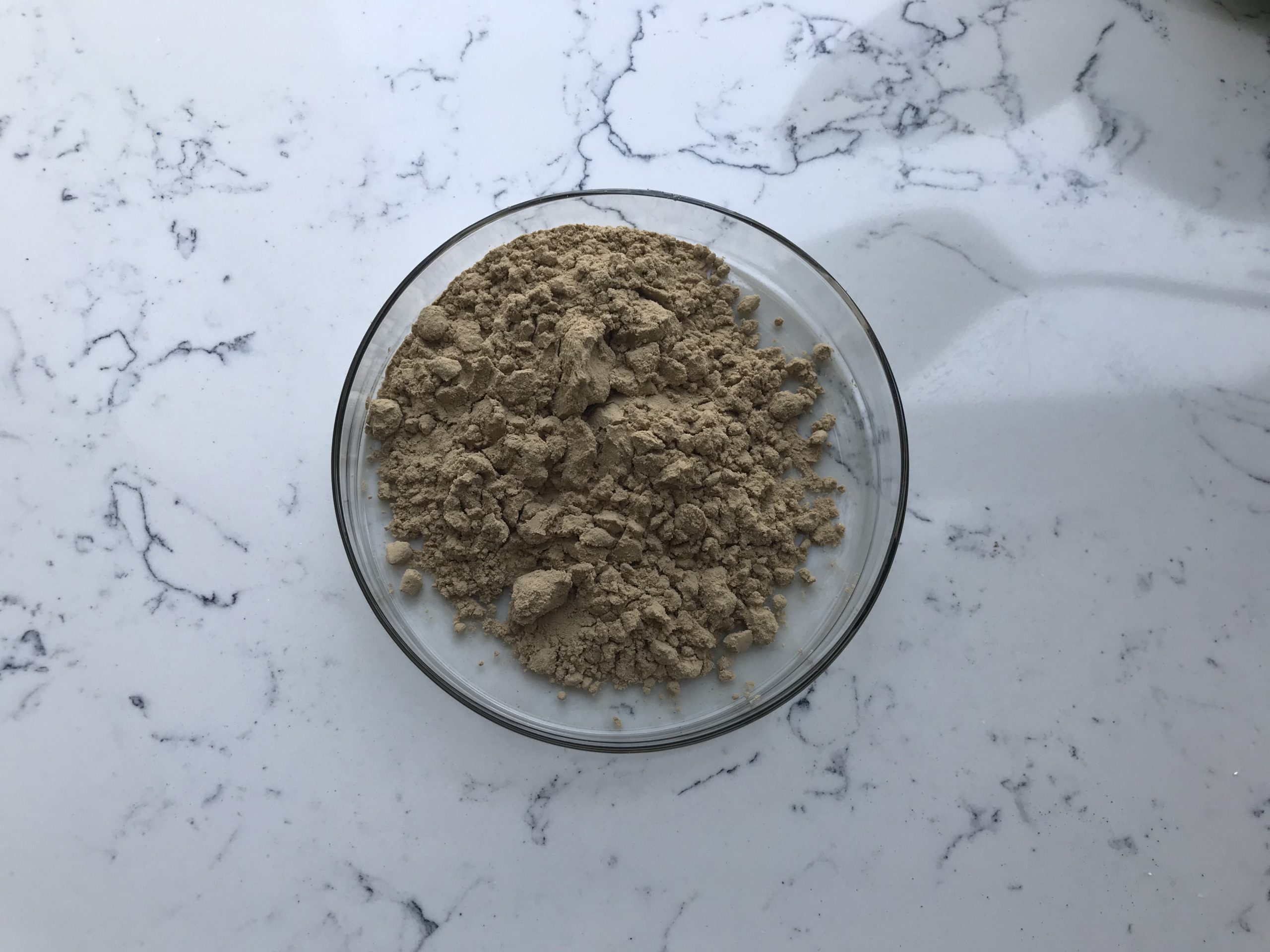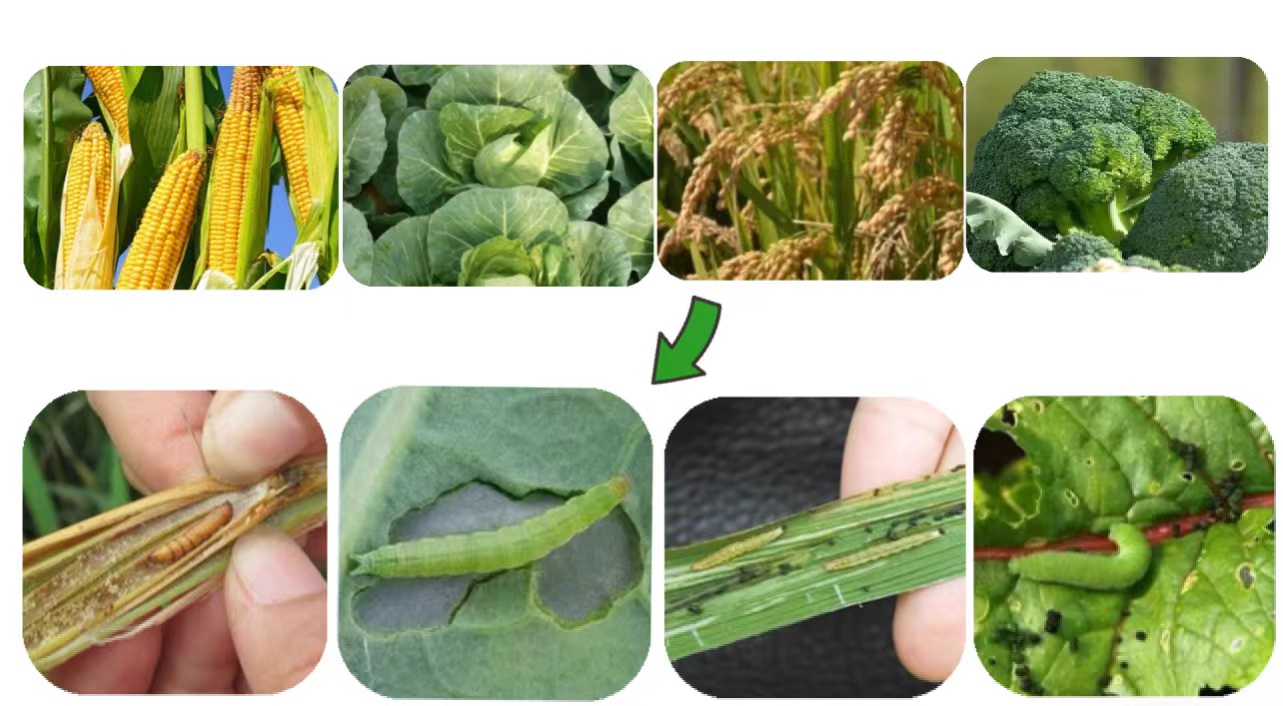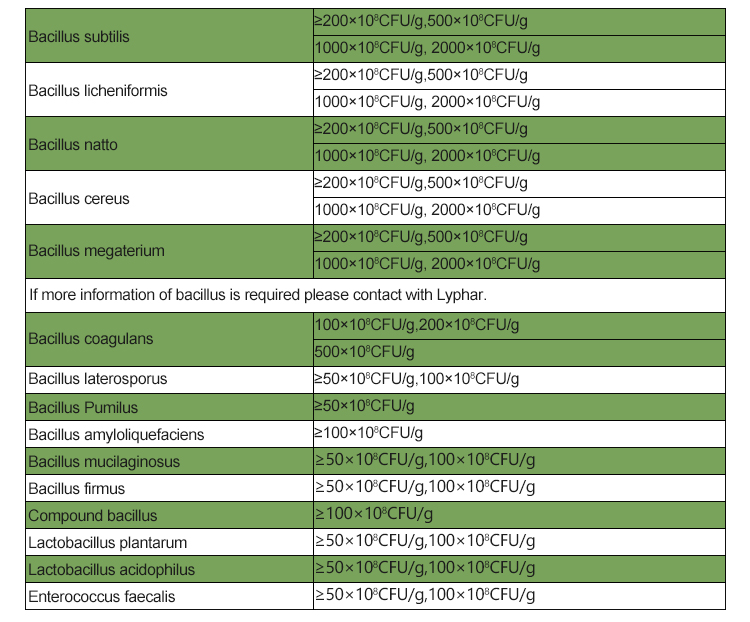Bacillus Thuringiensis (BT) is a naturally occurring bacterium that has been widely used in agriculture as a biological insecticide. It produces proteins known as crystal proteins (Cry toxins) that are toxic to certain insect pests. Here are some advantages and disadvantages of using Bacillus Thuringiensis:

- Advantages:
Target-specific: BT is highly selective and primarily affects specific groups of insects, such as caterpillars and larvae of certain pests, while being harmless to most other organisms, including humans, animals, and beneficial insects like bees and ladybugs. This specificity reduces the impact on non-target organisms and promotes ecological balance.
Environmentally friendly: As a biological insecticide, BT breaks down relatively quickly in the environment, reducing residual toxicity. It doesn’t persist in the ecosystem and does not contribute to long-term environmental pollution.
Resistance management: BT can be an important tool in resistance management strategies against insect pests. Since it targets specific pests, it can be rotated or used in combination with other control methods to delay the development of resistance in pest populations.
Reduced chemical pesticide use: The use of BT can lead to a reduction in the reliance on chemical pesticides. This helps in minimizing chemical residues in food, promoting safer working conditions for farmers, and protecting non-target organisms from the harmful effects of chemical pesticides.
Cost-effective: BT can be cost-effective in certain situations, especially when it replaces or reduces the need for chemical pesticides and decreases crop losses caused by insect pests.

- Disadvantages:
Limited target range: BT is effective against specific insect pests only, primarily those belonging to the orders Lepidoptera (e.g., caterpillars) and Diptera (e.g., certain flies). It may not be effective against other types of pests like sucking insects (e.g., aphids) or chewing insects not susceptible to BT toxins.
Timing and application: For BT to be effective, it must be applied at the right time in the pest’s life cycle. If the timing is incorrect or if the pest has already caused significant damage, the application may not be as successful.
Short residual activity: Unlike some chemical pesticides that provide longer-lasting protection, BT has a relatively short residual activity. Frequent applications may be necessary, especially if the pest pressure is high.
Specific environmental conditions: BT effectiveness can be influenced by environmental factors such as temperature and sunlight. Extreme weather conditions might reduce its efficacy.
Development of resistance: While BT resistance in target pests has been relatively slow to develop compared to chemical insecticides, the continuous and widespread use of BT can lead to the emergence of resistant pest populations over time. To prevent resistance, it’s crucial to use BT in combination with other control methods and to adhere to resistance management guidelines.

Overall, Bacillus Thuringiensis is a valuable tool in integrated pest management (IPM) programs, offering numerous benefits, but it should be used judiciously to maintain its efficacy and minimize the risk of resistance development.
